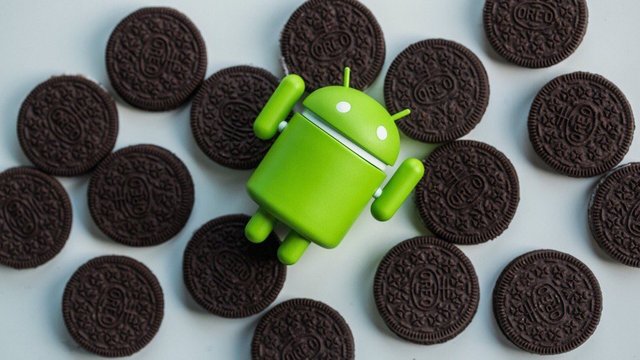Google officially released a new version of Android 8.0 and named it after the Oreo cookie. In the new version, the company changed the notification system and made it more flexible, imposed restrictions on applications in the background to save battery power, added a picture-in-picture mode for video calls and video playback, and introduced many other changes. The new version has already been sent to devices of the Pixel line and some devices of the Nexus line in the form of an update "by air", and the company also published images of the system for self-installation. This is reported in the company's blog.
All the "big" updates to the Android operating system starting with 1.5 get the code name in the form of the name of sweets, and each new release is called the new letter of the Latin alphabet. In the case of Android 8.0, as with many previous versions, the company first introduced the system code-named O, and announced the full name only after the official launch. This time, a new version was named after the Oreo cookie brand.
Of course, in addition to the new name, the new version received many new features and improvements. One of the most notable of these was the new notification system. Now notifications for each application can be divided into channels, each of which can be configured separately. Notifications of each application can not only be blocked forever, but also muted for a while, for example, for half an hour.
In addition, the system has a picture-in-picture mode. The user can minimize the application for video calls or viewing video in a small size, and in parallel use other applications and the system. Also in the operating system appeared autocomplete mode, thanks to which the user will not need to re-enter frequently used data, such as address or passwords.
Serious changes in the new version relate not only to the interface, but also to the "insides" of the system. In the new version, the system will severely restrict the work of applications in the background, as well as requests for determining the location. The developers argue that this will significantly improve the energy efficiency of devices, while not hindering users.
Another major change was the new modular architecture of the system. If earlier low-level part of software developed by component manufacturers was inextricably linked with the rest of the system, and device manufacturers had to wait for updates of different drivers, now the main part of the system can be updated separately. Due to this, Google expects to accelerate the update of third-party devices, because today this is a serious problem for developers. According to Google for the first week of August, the previous version of Adnroid - Nougat installed only 13.5 percent of devices.
In addition to the functions known even before the official launch, there are those that have become known only now. For example, the new version will have built-in protection against serious system errors called Rescue Party. If the system detects that the device has rebooted 5 times in 5 minutes, or if the system application has "dropped" five times in 30 seconds, it will automatically start taking steps to fix the error, and if neither of them succeeds, it will restore the device to factory condition.

Congratulations! This post has been upvoted from the communal account, @minnowsupport, by googl from the Minnow Support Project. It's a witness project run by aggroed, ausbitbank, teamsteem, theprophet0, someguy123, neoxian, followbtcnews/crimsonclad, and netuoso. The goal is to help Steemit grow by supporting Minnows and creating a social network. Please find us in the Peace, Abundance, and Liberty Network (PALnet) Discord Channel. It's a completely public and open space to all members of the Steemit community who voluntarily choose to be there.
Downvoting a post can decrease pending rewards and make it less visible. Common reasons:
Submit